Software

ATSAS
ATSAS is a program suite for small-angle scattering data analysis from biological macromolecules. It includes multiplatform data manipulation and displays tools, programs for automated data processing and calculation of overall parameters, usage of high- and low-resolution models from other structural methods, algorithms to build three-dimensional models from weakly interacting oligomeric systems and complexes, and enhanced tools to analyse data from mixtures and flexible systems.
BINoculars
BINoculars is a tool for data reduction and analysis of large sets of surface diffraction data that have been acquired with a 2D X-ray detector. The intensity of each pixel of a 2D-detector is projected onto a 3-dimensional grid in reciprocal lattice coordinates using a binning algorithm. This allows for fast acquisition and processing of high-resolution datasets and results in a significant reduction of the size of the dataset. The subsequent analysis then proceeds in reciprocal space. It has evolved from the specific needs of the ID03 beamline at the ESRF, but it has a modular design and can be easily adjusted and extended to work with data from other beamlines or from other measurement techniques.
Cosmos (Lamp)
Data reduction utility to treat TOF reflectivity data. It is distributed with LAMP, but it was developed originally as a standalone IDL application and it can still be compiled and used without LAMP.
dahu
Data Analysis RPC server over Tango Dahu is a lightweight plugin based framework... ... technically a JSON-RPC server over Tango * plugin can be class or can be generated from state-less function * a plugin is executed within a job, each job lives in its own thread. * plugins have empty constructors plus 4 methods (or more) - setup allows to set the input parameters. It performs sanitization if needed - process does the taff - teardown sets the output and the logging and cleans up if needed - abort can be used to stop the processing if a plugin is a daemon. * the job is responsible for serializing on disk the plugin input and output * jobs can be launched using the tango interface (or other ...) * plugins have a single input and output, they are simple JSON-serializable dictionaries.
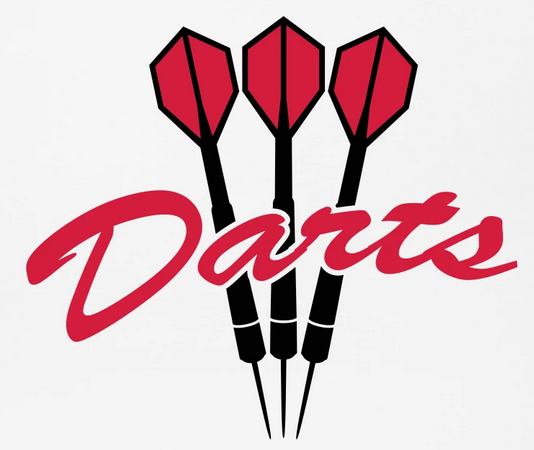
DARTS on-demand computing
The Data Analysis Remote Treatment Service (DARTS) [1] is a remote desktop service that launches virtual machines in the cloud, and displays them in your browser. These machines can be used for e.g. scientific data treatment. A user indicates how many CPU cores and how much memory he wishes, can optionally request a GPU for heavy-duty computations, and can be customized at start-up. The sessions typically start in about 10 seconds, and can be shared with colleagues within their life-time (typically 4 days). Each user can manage all his active sessions (connect, stop, share). This service can be installed and configured within a few minutes (sudo apt install qemu-web-desktop), and it requires minimal maintenance. It can also run on a set of servers without any underlying complex infrastructure. The source code is fully open-source, and relies on very simple elements (Apache web-server and QEMU). Give it a try ! The source code is at https://gitlab.com/soleil-data-treatment/soleil-software-projects/remote-desktop
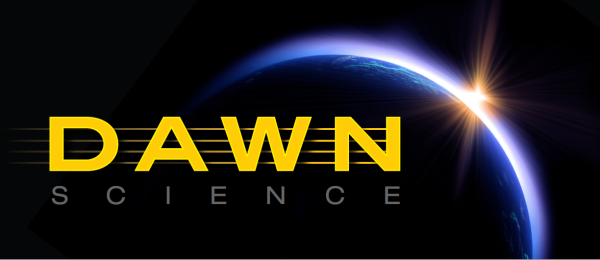
DAWN
DAWN, the Data Analysis WorkbeNch, is an Eclipse based application for scientific data analysis. It comes with a range of tools for visualization (1D, 2D and 3D), code development environments (for Python, Jython and Eclipse plug-ins) as well as processing workflows with visual algorithms for analyzing scientific datasets. It is primarily developed at Diamond Light Source, but external contributions are most welcome! DAWN is distributed freely and is released under the Eclipse Public License.

Demeter
Demeter is a comprehensive system for processing and analyzing X-ray Absorption Spectroscopy data. It contains several packages such as Athena, Artemis and Hephaestus, which are widely used in the XAFS community.
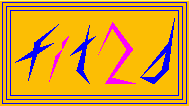
FIT2D
FIT2D is a general purpose 1 and 2 dimensional data analysis program. It is used for both interactive and "batch" data processing, and is used for different purposes. Calibration and correction of detector distortions is one of the main uses of FIT2D. Difficult data analysis problems may be tackled using fitting of user specified models. To enable model fitting to be performed on a wide variety of input data, many other more basic data analysis operations are also available. A wide variety of performant graphical display methods are available.
Grasp
"GRASansP" is a MatlabTM script application designed for the graphical inspection, analysis and reduction of multi-detector data produced by the Small-Angle Neutron Scattering (SANS) instruments of the Institut Laue-Langevin (ILL). GRASansP deals with many of the diverse requirements for analysis and reduction of SANS data using a general set of tools and reduction algorithms. Data from the two ILL SANS instruments, D11 and D22, as well as SANS instruments at some other neutron sources, are currently catered for in the GRASansP package. In principle the architecture and coding of GRASansP combined with the matrix handling abilities, graphics and other advantages of the Matlab™ environment should allow continued development of this software and be able to provide more general aspects of multi-detector and complex data set handling. The drive for producing such a suite of software came from the overwhelming need for a modern, complete and general-purpose package to deal with typical procedures required for analysis of two-dimensional SANS multidetector data. By it’s very nature, two-dimensional data is often best appreciated in a graphical form. The birth of GRASansP came from the need for graphical inspection and ability to be able to quickly process and extract the scattered intensity, I(q), as a function of position on the multidetector (qx,qy) or as a function of sample environment conditions from a series of many measurement runs (e.g. temperature sweep, rocking curve etc.). This, combined with an interest in scientific software development and the abilities of the Matlab™ environment have brought GRASansP into it’s present state.
idltomo
a graphical user interface to manage tomography data preprocessing, reconstruction and visualizaton based upon IDL and PyHST packages.

iFit
The iFit library (pronounce [eye-fit]) is a set of methods to load, analyse, plot, fit and optimize models, and export results. iFit is based on Matlab, but can also be launched without Matlab license (stand-alone version).Matlab It does not currently include advanced graphical user interfaces (GUI), and rather focuses on doing the math right. Any text file can be imported straight away, and a set of binary files are supported. Any data dimensionality can be handled, including event based data sets (even though not all methods do work for these). Any model can be assembled for fitting data sets. Last, a number of routines are dedicated to the analyses of S(q,w) and S(alpha,beta). More advanced features include the full automation to compute phonon dispersions in materials, using DFT codes such as ABINIT, ELK, VASP, QuantumEspresso, GPAW and more (Models/sqw_phonons). The software can also compute the neutron TAS resolution function (4D) and fits to experimental data with full resolution convolution (ResLibCal). An interface for McStas and McXtrace is also available to automate and optimize instrument simulations.

LAMP
LAMP (Large Array Manipulation Program) is designed for the treatment of data obtained from neutron scattering experiments at the Institut Laue-Langevin. However, LAMP is now a more general purpose application which can be seen as a GUI-laboratory for data analysis based on the IDL language.

MANTID
The Mantid project provides a framework that supports high-performance computing and visualisation of materials science data. Mantid has been created to manipulate and analyse neutron scattering and muon spectroscopy data, but could be applied to many other techniques.
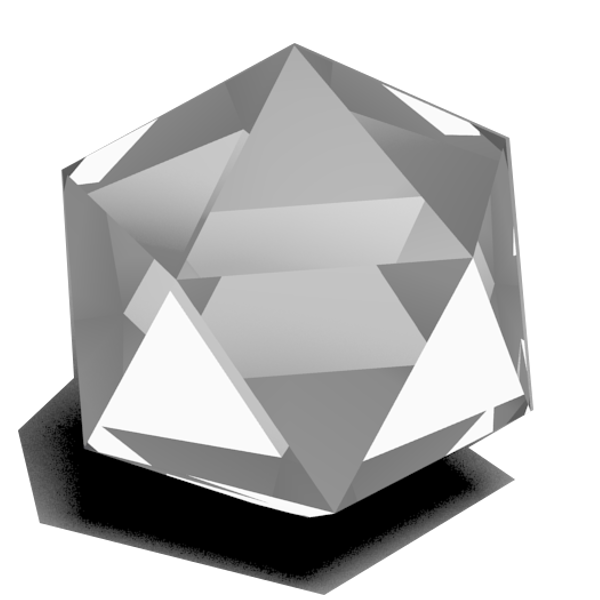
NSXTool
NSXTool is an application for reducing neutron single crystal data. It provides algorithms for indexing, refining UB matrix and instrument parameters, integrating Bragg peaks for future analyses using software such as FullProf or ShelX. It is made of a core crystallographic library written in C++ (standard 2011) with dependencies on boost, eigen, gsl standard libraries and of a graphical user interface written in Qt.
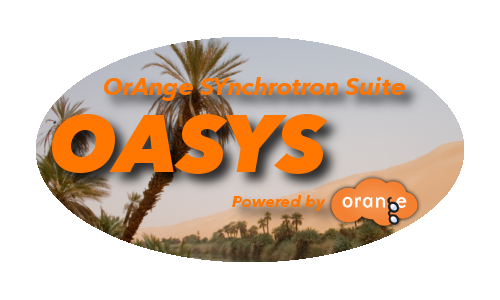
OASYS
OASYS (OrAnge SYnchrotron Suite) is an open-source Graphical Environment for optic simulation software packages used in synchrotron facilities, based on [Orange 3](http://orange.biolab.si/orange3/). It includes SHADOWOUI, a port to the [SHADOW](https://github.com/srio/shadow3) ray-tracing code and XOPPY (the Python version of [XOP](http://www.esrf.eu/Instrumentation/software/data-analysis/xop2.4)

